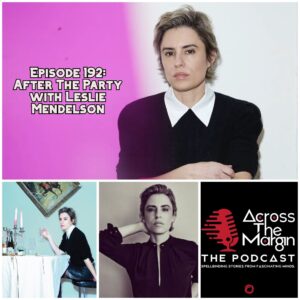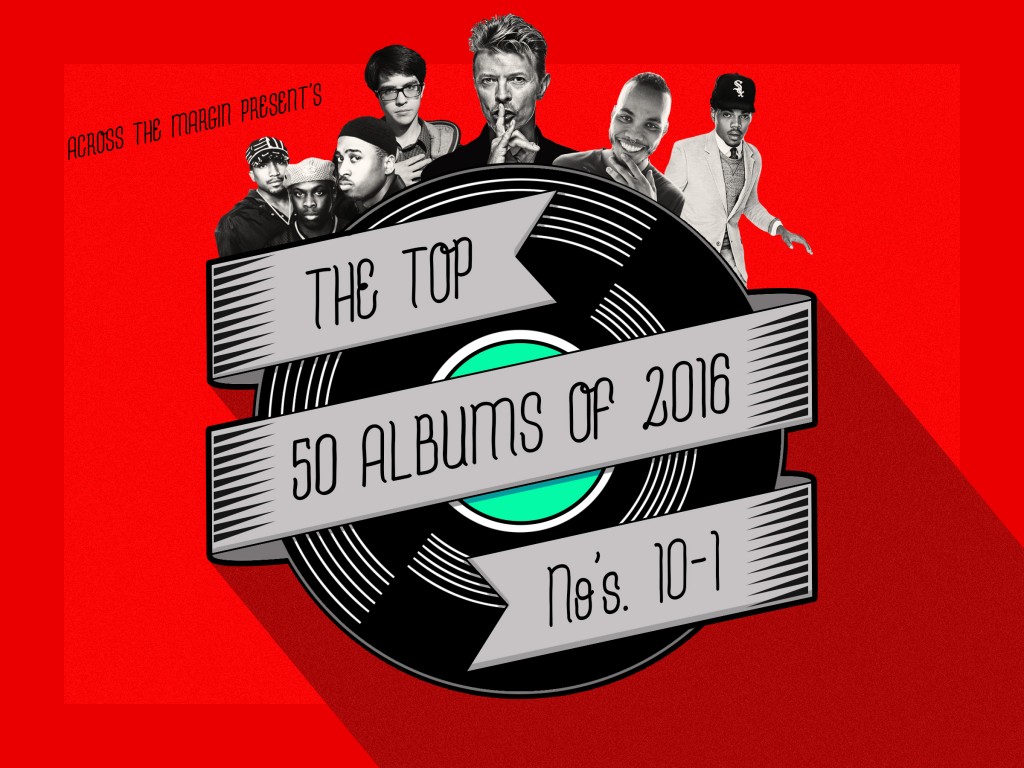Across The Margin / ATM Publishing presents the first installment of Arthur Hoyle’s The Jealous Muse. Introduction: The Muse Calls…

Art exerts a strong pull on the human spirit. A 2005 survey conducted by the US Census Bureau found that there are approximately two million Americans who declare their occupation as “artist.” They represent 1.4% of the US labor force, and about .7% of the total population. While this may seem like a small number, the surprising fact is that artists are a larger group of workers than members of the legal profession, or medical doctors, or agricultural laborers. And because tens of millions more Americans consume the goods and services that artists produce, they make an important contribution to both the economy and the cultural life of many communities across the country. Because artists entertain and enlighten us, they are highly regarded.
Yet the majority of artists—actors, dancers, musicians, writers, painters, sculptors, photographers—earn from their art an income that places them near or below the poverty level. Although better educated than most other members of the workforce, they earn less and are underemployed. One-third of all artists work only part of the year, actors and dancers being the least employed. Despite these grim statistics, the number of artists as a percentage of the work force has remained constant for over a decade. While a tiny minority of artists earn astronomical sums of money performing, selling fine art to wealthy collectors and museums, or publishing bestselling books, all the while gaining fame and celebrity for their success, the vast majority of artists labor in obscurity, needing secondary employment or support from others to survive, scrounging for grants, never even setting foot on the ladder to success. Why do they do it?
In 2002, Hans Abbing, a Dutch economist who is also an artist, published Why Are Artists Poor?, a book that attempted to answer this question. As an economist, Abbing wondered why the arts market did not follow the laws of supply and demand that govern capitalist markets. If demand from consumers of art was insufficient to match the supply of good and services offered by artists, and thus to provide them with a livable income, why didn’t artists leave the profession for some other line of work, and why did new artists continue to enter such a chancy field? As he put it, “Someone who makes it in the arts is so unusual, that the desire to become an artist is little more than leaping off a cliff with one’s eyes closed.” (Abbing, p. 103) But many take the leap.
Abbing saw two factors—one personal, the other social—that worked to motivate artists to enter their profession and to persist in it despite ongoing struggle and failure. Artists, through their work, authenticate their individuality and thus receive a significant non-monetary reward from a western culture that highly values individuality. Giving inner experience objective form in an artistic medium is intrinsically satisfying—its own reward. This aspect of art, its ability to create the feeling of self-fulfillment, places art in the transcendent realm of the sacred and the magical, a realm that because it cannot be monetized, carries high social status, exceeding even religion as a source of individual aspiration. Abbing considers these attributes of art to be myths. In his view, making art is simply hard work. But that is the view of the economist. Abbing the artist confesses to the allure of these intangible qualities. He concludes that the arts are “an exceptional economy,” operating by its own rules, the rules of the sacred domain in which the philanthropy of collectors—a kind of congregation, if you will—and the self-sacrifice of artists—a priesthood—form a secular religious community that holds society together.
Another approach to answering this question comes from psychology, and probes deeper into the mind and soul of the artist. George Hagman writes, “Aesthetic experience is a fundamental dimension of human experience. It is as important as love, sex, and aggression, and is part of all human experience . . . The mother holding and caring for her child is the first medium of aesthetic experience and creative life.” (Hagman, p. 3) Hagman, like Abbing, sees art as authenticating the artist’s individuality by allowing him or her to create an external representation of some aspect of themselves in a perfectible form that others can see and value. And it is this authenticating property of art that draws people to produce it and consume it. But far more seek the grail of wealth and fame through art than attain it. Those who grasp the cup often pay a heavy price, as the stories that follow will demonstrate.
Further Reading
Abbing, Hans. Why Are Artists Poor? The Exceptional Economy of the Arts. Amsterdam: Amsterdam University Press, 2002.
Deresiewicz, William. The Death of the Artist : How Creators Are Struggling to Survive in the Age of Billionaires and Big Tech. New York: Henry Holt and Co., 2020.
Hagman, George. The Artist’s Mind : A Psychoanalytic Perspective on Creativity, Modern Art and Modern Artists. London and New York: Routledge, 2010.
Arthur Hoyle (www.arthurhoyle.com) is the author of The Unknown Henry Miller: A Seeker in Big Sur and Mavericks, Mystics, and Misfits: Americans Against the Grain. He reviews biography for the New York Journal of Books. His Substack newsletter Off the Cuff offers periodic commentary on the American cultural scene. Subscribe at https://arthurhoyle.substack.






This is fascinating. I’m so excited to read more!